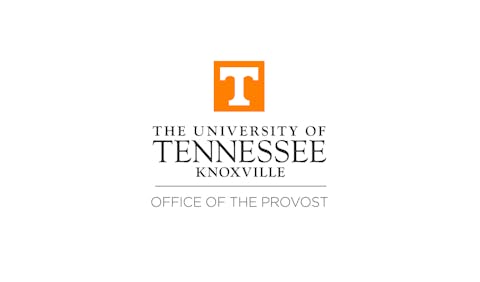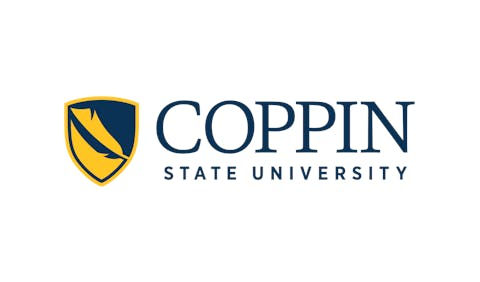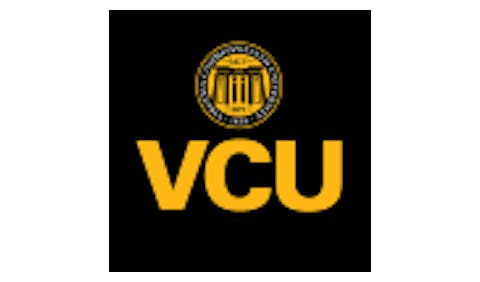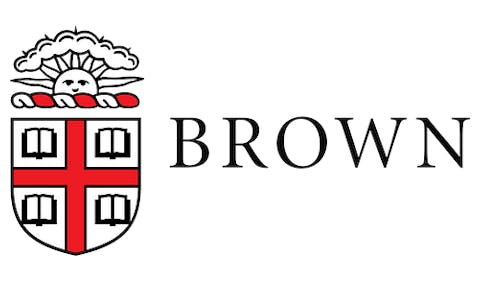Ohio has long held the reputation of a political bellwether state, where political tendencies in the state’s electorate served as indicators of national political trends. For higher education, Ohio has also become a bellwether state for displaying the end goal of the current targeted attacks on educational diversity and access. As sweeping changes brought by Senate Bill 1 come into effect, Ohio’s prominent public universities are displaying what happens when boards of trustees serve as rubberstamps for hostile policymakers.
Debating the effectiveness of boards of trustees is not a new conversation topic in higher education. However, the events of 2025 so far have proven that debate to be a central question into the sustainability of American higher education itself. The most recent example is the University of Cincinnati, which for months has been the scene of protests from students and faculty against the implementation of Senate Bill 1.
Instead of seeking to address the concerns from their campus community on how Senate Bill 1 would impact educational access for the institution moving forward, or communicating how the university would still seek to champion diversity and inclusion as an institutional value, the board of trustees decided to move their meetings a mile away from main campus in an attempt to limit the amount of protesting students who show up. Just up the highway in Columbus at Ohio State University, a board of trustees that had publicly opposed a prior version of Senate Bill 1 remained silent as the bill was revived and passed through the Ohio General Assembly, a stark contrast to the protests from their students and faculty. Even worse, the university through its trustees openly complied with provisions of Senate Bill 1 before the legislation had even passed.
Ohio is far from the only location where the desires of trustees and their campuses are in such divergence. Columbia University has become the poster child for the consequences of anticipatory compliance in higher education to hostile policymakers, specifically from their trustees suspending students for First Amendment activity and implementing versions of receivership-based censorship of academic programs.
Northwestern University provides another example, with the board of trustees spending $850 million on upgrading the football stadium but saying nothing as their students and faculty seek their leadership in combating President Trump and ensuring the survival of the institution. Florida A&M’s board of trustees, while already facing a lawsuit from their own alumni over the selection process for new university president Marva Johnson, approved a highly contentious initial contract for her at a time where the institution faces significant financial concerns.
These events reflect failures of the individual boards to meet the leadership needs of their campuses. They also reflect failures of the board of trustees governance model to meet higher education’s present and future challenges. Fiduciary responsibilities are legally-enforceable obligations for trustees to act in the interest of the institutions they lead and for institutional stakeholders. Trustees with increasing frequency are making clear that students, faculty, alumni, and the American public are not viewed as stakeholders when it comes to making leadership decisions, only trustees themselves and the policymakers that appoint them. This narrow definition also demonstrates how trustees commonly view fiduciary responsibilities are purely in short-term dollars and cents, with no consideration for how current actions influence future financial stability via students wanting to enroll or communities being still willing to support their institutions.
Why should a future student give tuition dollars to a school that may not provide protections for free speech? Why should alumni donate to an institution that ignores their concerns? Why should communities support a postsecondary education system unwilling to reciprocate that support depending on the color of skin or immigration status of the community in question?
Mounting examples of boards of trustees limiting First Amendment activity, and remaining silent to greater threats to the very existence of higher education, are an indicator that boards are primarily motivated by their own self-preservation and political favoritism. Acting in self-preservation or to stay in hostile policymakers’ good graces will not save the positions of trustees or the universities they lead, as continually evidenced by Columbia University and by the state of Indiana giving the governor’s office full power over the trustees of Indiana University, yet boards refuse to try different courses of action. These motivations are entirely incompatible with the type of leadership higher education needs to survive the present moment.
Boards of trustees are to higher education what Congress is right now to American democracy. Both are governance bodies that have abandoned their leadership responsibilities for the sake of their own comfort, even as the people they represent call on them to do anything to protect the public. The post-Trump evaluation for how higher education can protect itself from future political turbulency, and restore public confidence, should have the very structure of institutions high on that agenda.
Christian Collins is a public policy researcher based in Washington, D.C.



















